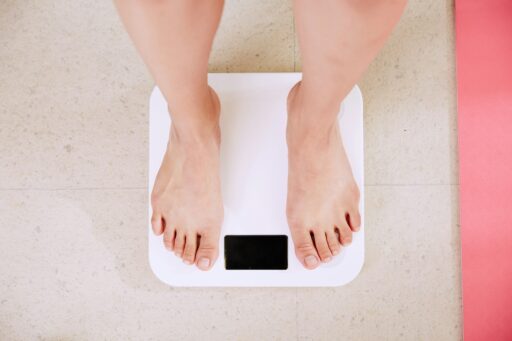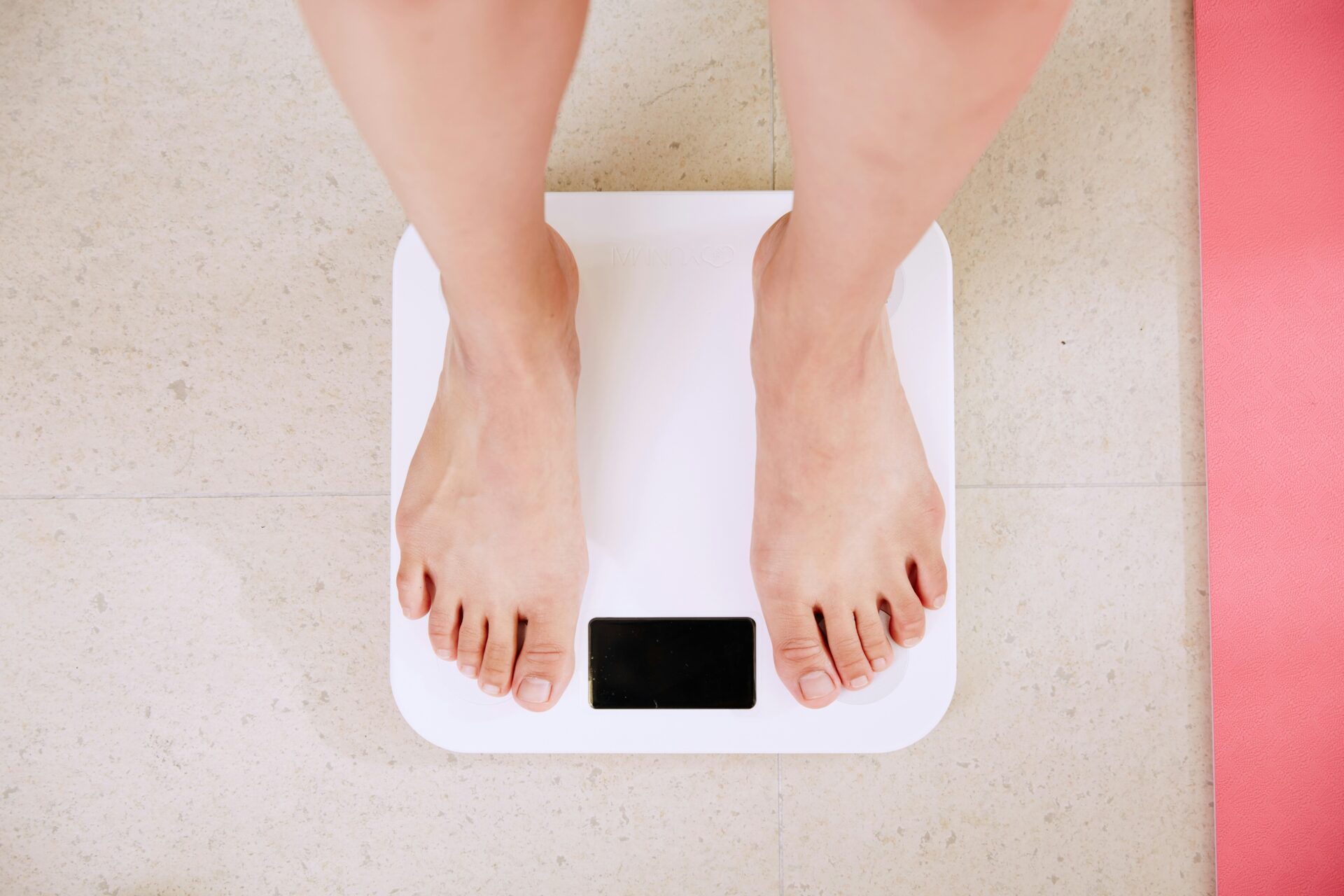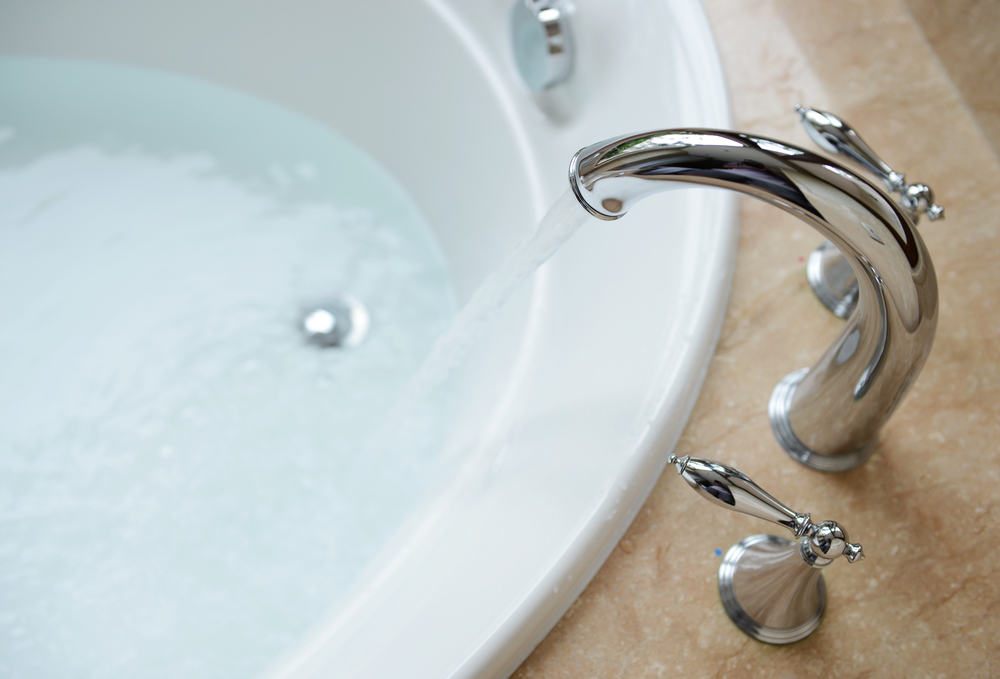In the desperate dash to attain the perfect summer body, to luxuriate with a certain confidence on the beaches and swimming pools of the world, more and more people are exploring alternative ways of losing weight. You may be familiar with the 5:2 diet, the Atkins diet, as well as the Dukan diet, but have you heard of people purposely exposing themselves to cold conditions in order to lose weight? The latest weight loss trend reportedly requires no change in exercise or diet, leading some of us to posit that it sounds too good to be true – let’s find out.
Initial discovery
Non-shivering thermogenesis is a burgeoning field that has less than ten years of research and investigation under its belt. The brainchild of a former NASA materials scientist, Ray Cronise boldly surmised that Michael Phelps was able to maintain a steady weight despite his 12,000 calorie daily intake because of the amount of time he spent immersed in cool water. It turned out he was right. After a bout of self-experimentation, which included cold showers, winter walks, and sleeping without sheets, Cronise discovered that he was able to lose 26 pounds in a matter of six weeks. And thus, the field of non-shivering thermogenesis was born.
The theory behind it
So does the theory support Cronise’s hypothesis? A spate of recent research would suggest so. Understanding why cold causes weight loss first requires an understanding of brown adipose tissue (or brown fat). Also in its infancy research-wise, the presence of brown fat in humans was only unearthed less than a decade ago, when a PET scan conducted by Jan Nedergaard and Barbara Cannon to locate the presence of tumours in a patient, instead found an unrecognisable cluster of dark spots, that were later identified as brown adipose tissue. When the body is cold, it can warm itself by burning up stores of brown fat to generate heat. For this reason, cold can cause weight loss without any need to exercise or alter food intake.
Putting theory into practice
Wouter van Marken Lichenbelt, a professor at Maastricht University who headed research on non-shivering thermogenesis, concluded that “mild cold exposure increases body energy expenditure without shivering and without compromising our precious comfort,” yet it is achieving this precise state that makes it so difficult. How cold is too cold?
Lifestyle changes
Ray Cronise, the father of non-shivering thermogenesis himself, advocates a number of simple lifestyle changes. Cronise avoids turning the heating on, sleeps without even a sheet, never mind a duvet, and always opts to forgo a jacket where others would be altogether more indecisive. Whilst all of these measures will undoubtedly test your resolve and endurance, all are free and uncomplicated to implement, and should see you lose a few pounds in no time.
Ice vest
Others prescribe more extreme measures. Wayne Hayes has developed an ice vest that can be worn throughout the work day, although he only suggests wearing it twice a day, for up to an hour at a time.
Cold or tepid showers and baths
If you want more immediate results but you aren’t prepared to walk around with an ice vest underneath your clothes, a more practical alternative is to swap out a hot shower or bath for a cold or even tepid one. To salvage some remaining enjoyment out of the shower, you should at least make sure the pressure of your shower is protected, and you can do this by acquiring a salamander pump.
While the exact relationship between cold temperatures and metabolic action of brown adipose tissue is far from set in stone (especially as stores of brown fat vary from person to person) it is clear that tolerating lower temperatures does cause weight loss. And the means by which you choose to do this is completely up to you – good luck!






